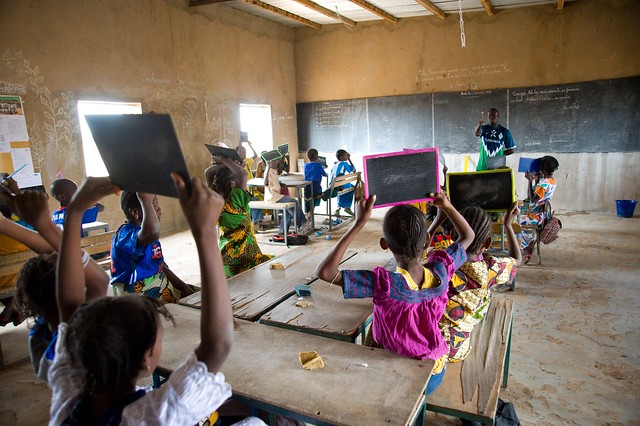
Erna Solberg is a Norwegian politician who was born and raised in Bergen, Norway and has held many different positions of power during her career. Since 2004, she has been the leader of the Conservative Party of Norway (EPP, IDU) and has been Prime Minister of Norway since the General Election in 2013. Norway re-elected her as Prime Minister in September 2017 and she has leveraged her position as the leader of a wealthy and influential country to fight for female education and children’s rights in developing countries. The Prime Minister has a long track record of international educational aid especially for women and children, and these are just three examples of the important strides Ms. Solberg has taken.
Three Initiatives in the Fight for Female Education
1. Starting in 2016, the Prime Minister co-chaired the U.N. Secretary General’s Advocacy group for the Sustainable Development Goals. During her residency as co-chair, she committed herself to increasing equitable access to education for girls and children in conflict areas. In fact, in 2018, Norway promised to increase its contribution to The Global Partnership for Education (an organization that works to improve education in developing countries) to $255 million.
2. In 2015, under the direction of Ms. Solberg, Norway committed to providing at least $6 million to improve sanitation for the estimated two billion people lacking it. This commitment may seem unrelated to education but many developing nations lack adequate sanitation, which often keeps girls from attending school regularly. Cultural stereotypes and taboos around female hygiene, especially in regards to menstruation, often keep girls out of class. The $6 million Norway pledged can make a huge difference in closing the gender gap in classrooms. For example, a UNICEF study showed that girl’s attendance improved by 12 percent in Tanzania when the girls had access to clean water. Norway’s support for proper sanitation, in tandem with education, will give girls a better opportunity to obtain a quality education.
3. In 2014, Erna Solberg launched a $12.3 million initiative in Malawi to improve the access and quality of girl’s education. On a trip to Malawi in July 2014, Ms. Solberg announced the initiative and stated that it would strengthen the education system, particularly for girls, and improve aid effectiveness. With Norway’s money and cooperation, Malawi has launched a number of programs including promoting secondary school for girls, further integrating minorities and children with disabilities into the education system and providing new technologies to enhance learning. The program has been successful so far and under Ms. Solberg’s guidance, the initiative will continue until 2020.
It is clear that since her appointment as Prime Minister of Norway in 2013, Erna Solberg has focused the plentiful resources of her nation to uplift girls in the most underprivileged countries. In an op-ed she co-wrote in 2014, she said, “if you invest in a girl, she feeds herself, educates future children, lifts up her community and propels her nation forward – charting a path that offers dignity for all in the process.” The Prime Minister openly continues to hold this belief and has launched and supported many initiatives that prove it.
– Isabel Fernandez
Photo: Flickr
 Child literacy is often taken for granted, but around the world, millions are growing up without the ability to read or write. What many do not realize is that literacy has a direct effect on poverty. According to a study conducted by the United Nations Scientific and Cultural Organization, there are links between illiteracy and higher unemployment. The study also found that illiterate adults are more susceptible to illnesses, exploitation, lower pay, and human rights abuses.
Child literacy is often taken for granted, but around the world, millions are growing up without the ability to read or write. What many do not realize is that literacy has a direct effect on poverty. According to a study conducted by the United Nations Scientific and Cultural Organization, there are links between illiteracy and higher unemployment. The study also found that illiterate adults are more susceptible to illnesses, exploitation, lower pay, and human rights abuses.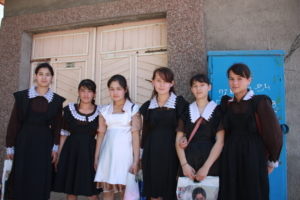

 Child labor affects 150 million children worldwide. Child labor can take many forms, but the most common is defined as strenuous and dangerous work that is
Child labor affects 150 million children worldwide. Child labor can take many forms, but the most common is defined as strenuous and dangerous work that is 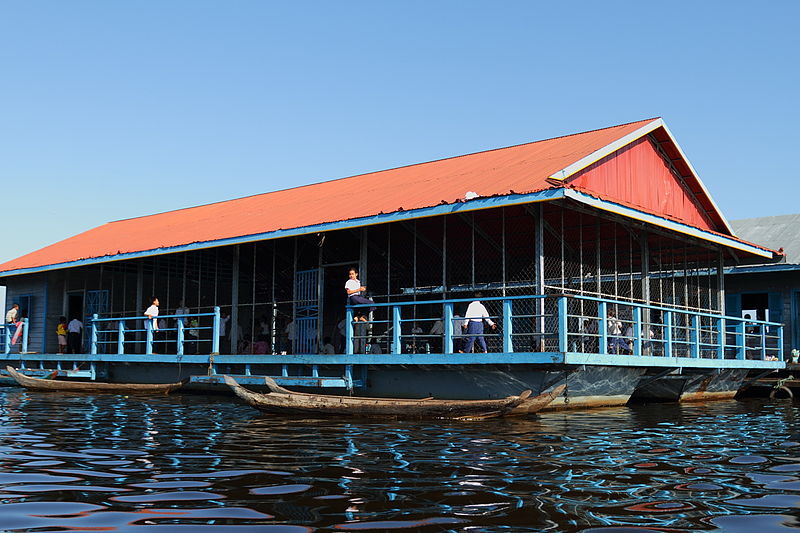 Floating schools are exactly what their name suggests, they are schools floating on water, typically on a boat. They are essential to providing year-round education in regions where rainy seasons and flooding often disrupt the school year for the most vulnerable children. Floating schools have proved to be incredibly effective in providing an uninterrupted education in places like Bangladesh, Nigeria and Colombia where extreme weather often makes getting an education more difficult.
Floating schools are exactly what their name suggests, they are schools floating on water, typically on a boat. They are essential to providing year-round education in regions where rainy seasons and flooding often disrupt the school year for the most vulnerable children. Floating schools have proved to be incredibly effective in providing an uninterrupted education in places like Bangladesh, Nigeria and Colombia where extreme weather often makes getting an education more difficult.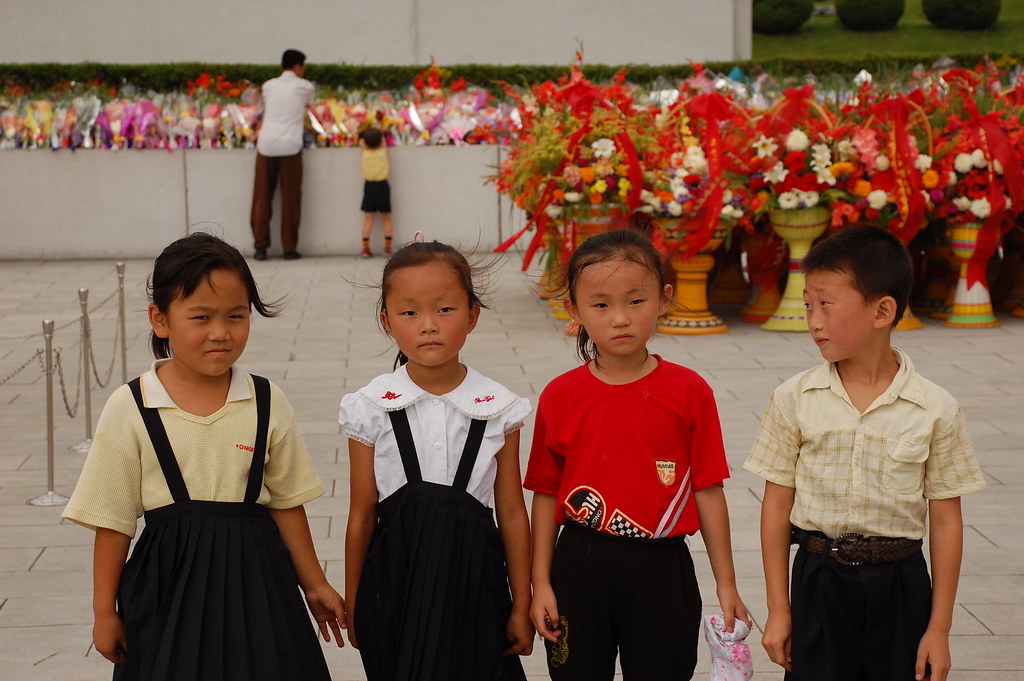
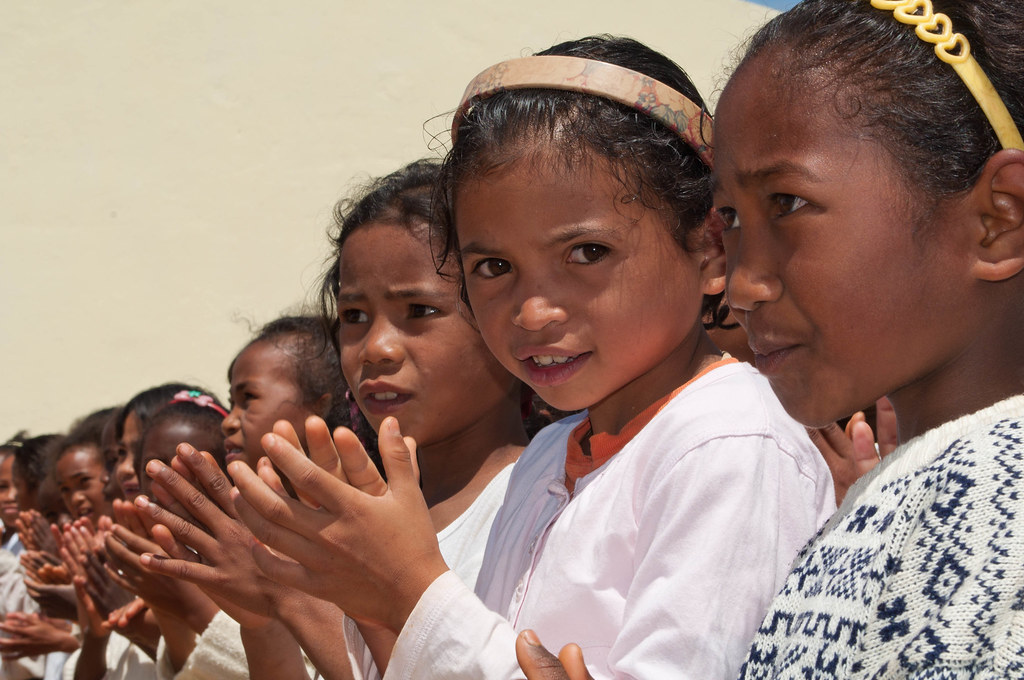 More than 780 million people live below the poverty line, as a result of and contributing to the intergenerational transmission of poverty. More than 160 million children at risk of continuing to live in poverty by the year 2030. Similarly, those living in poverty will likely remain in poverty. In other words, poor parents raise poor children, who are more likely to remain poor as adults. This
More than 780 million people live below the poverty line, as a result of and contributing to the intergenerational transmission of poverty. More than 160 million children at risk of continuing to live in poverty by the year 2030. Similarly, those living in poverty will likely remain in poverty. In other words, poor parents raise poor children, who are more likely to remain poor as adults. This 
